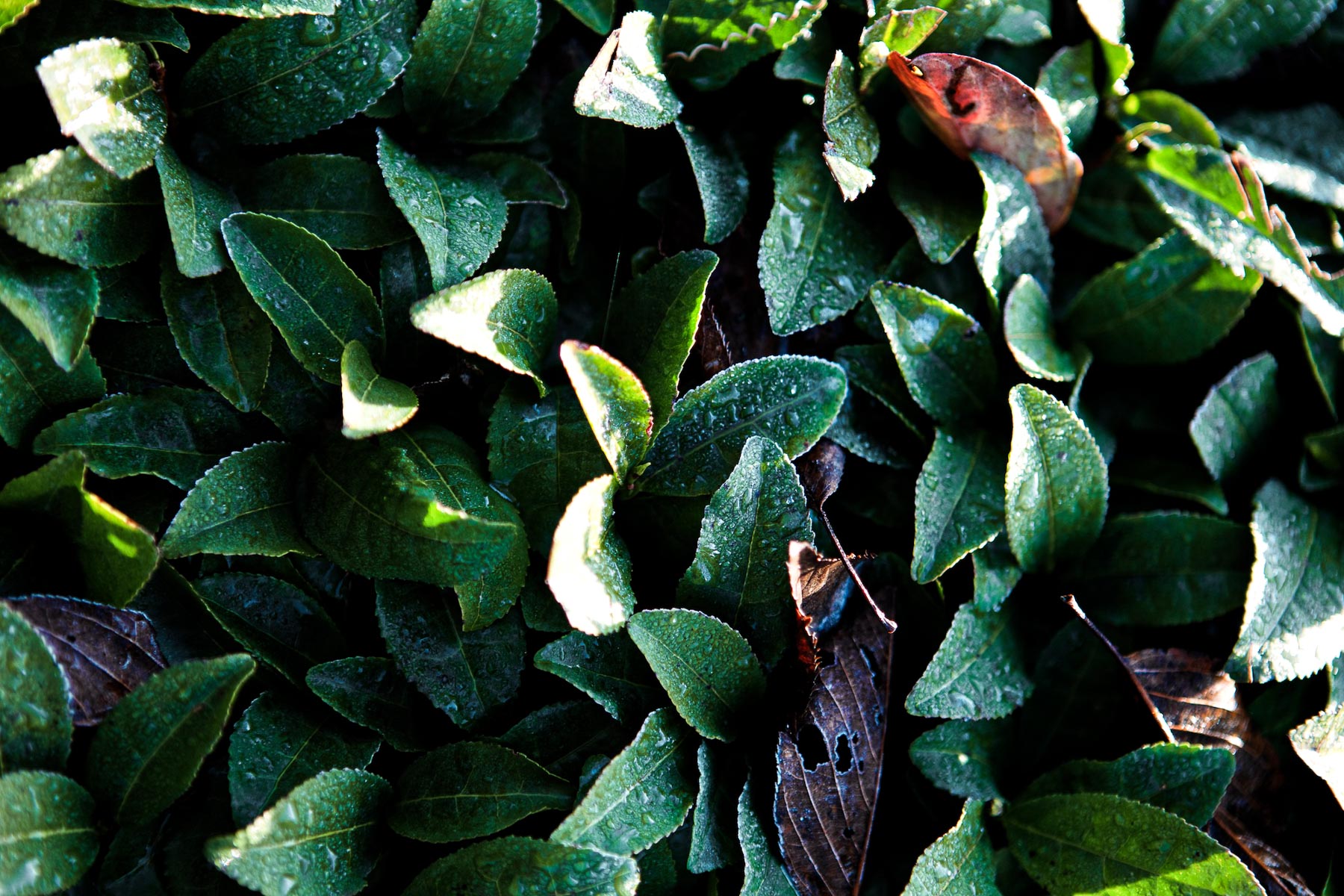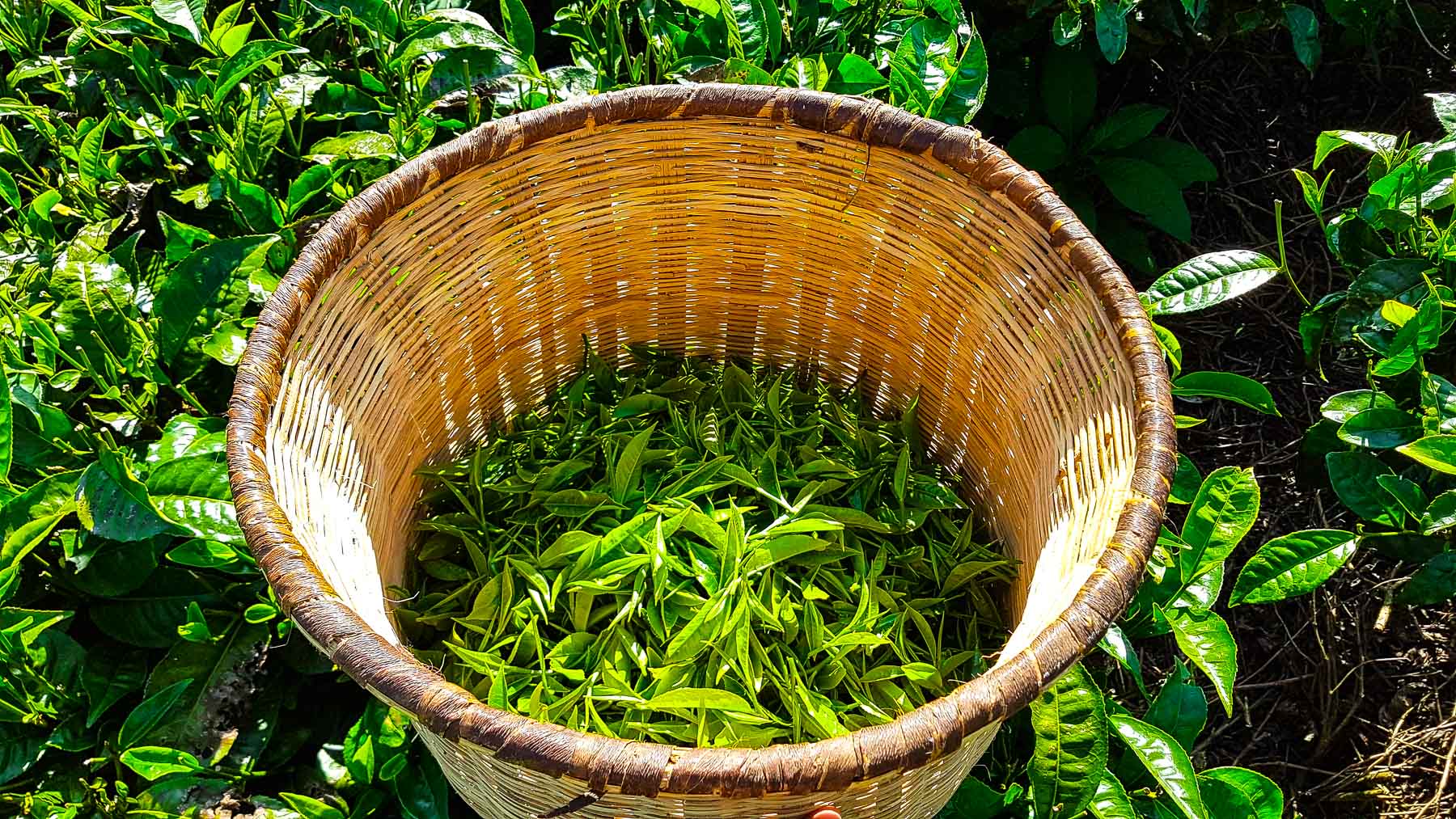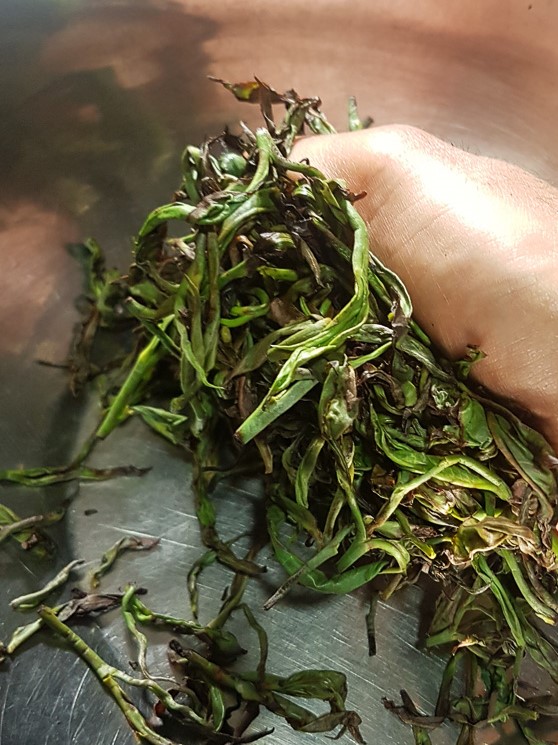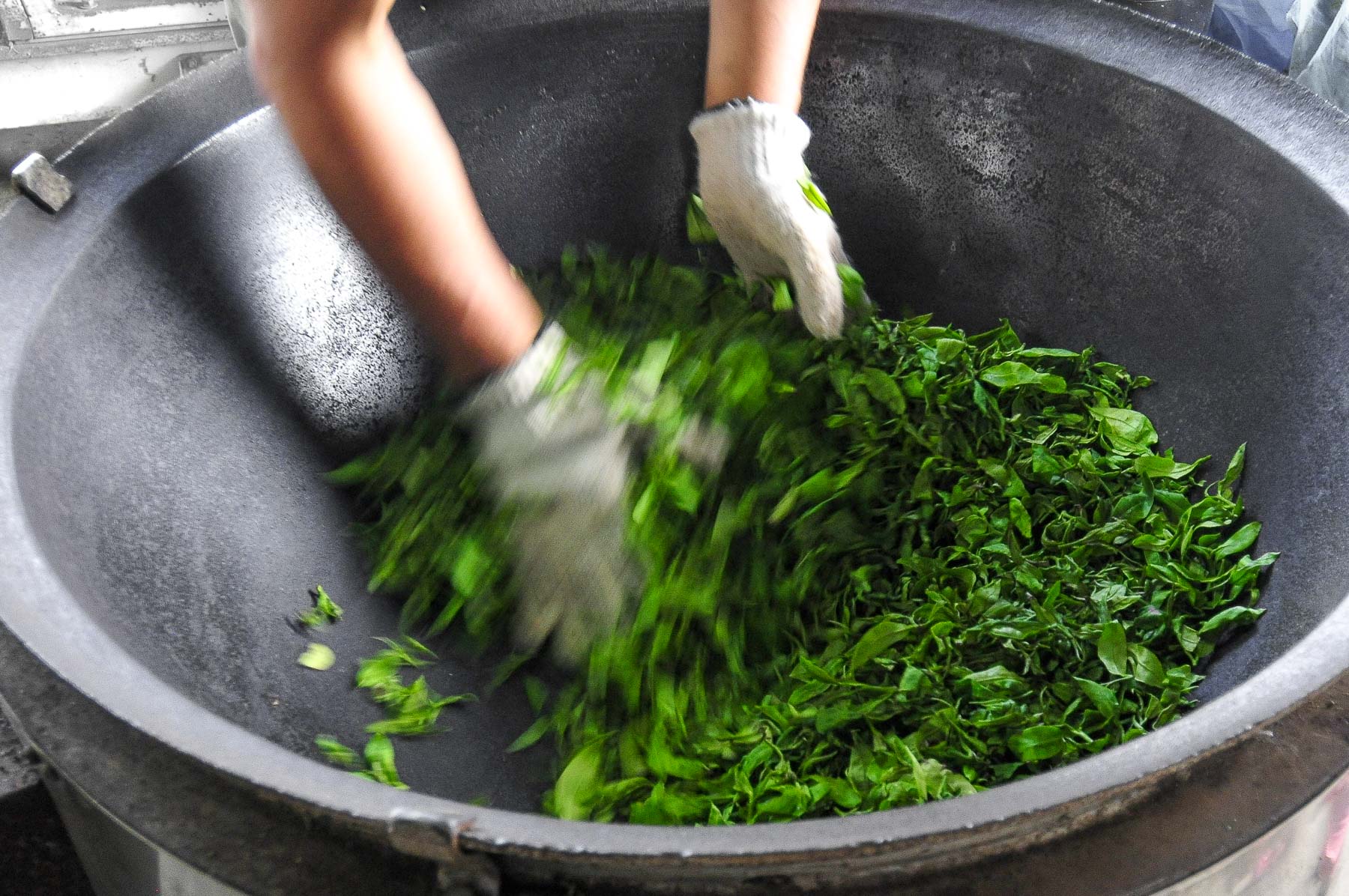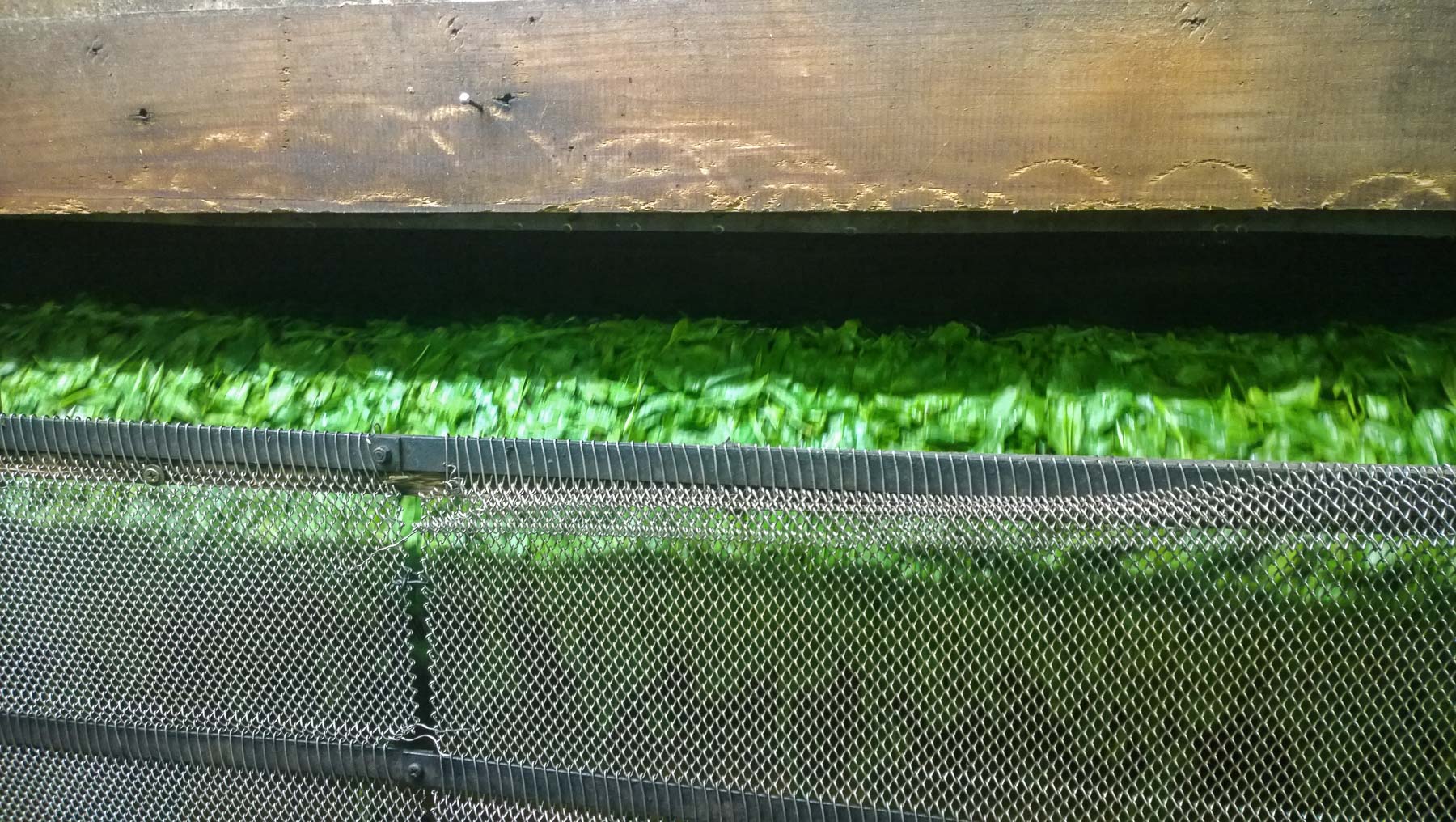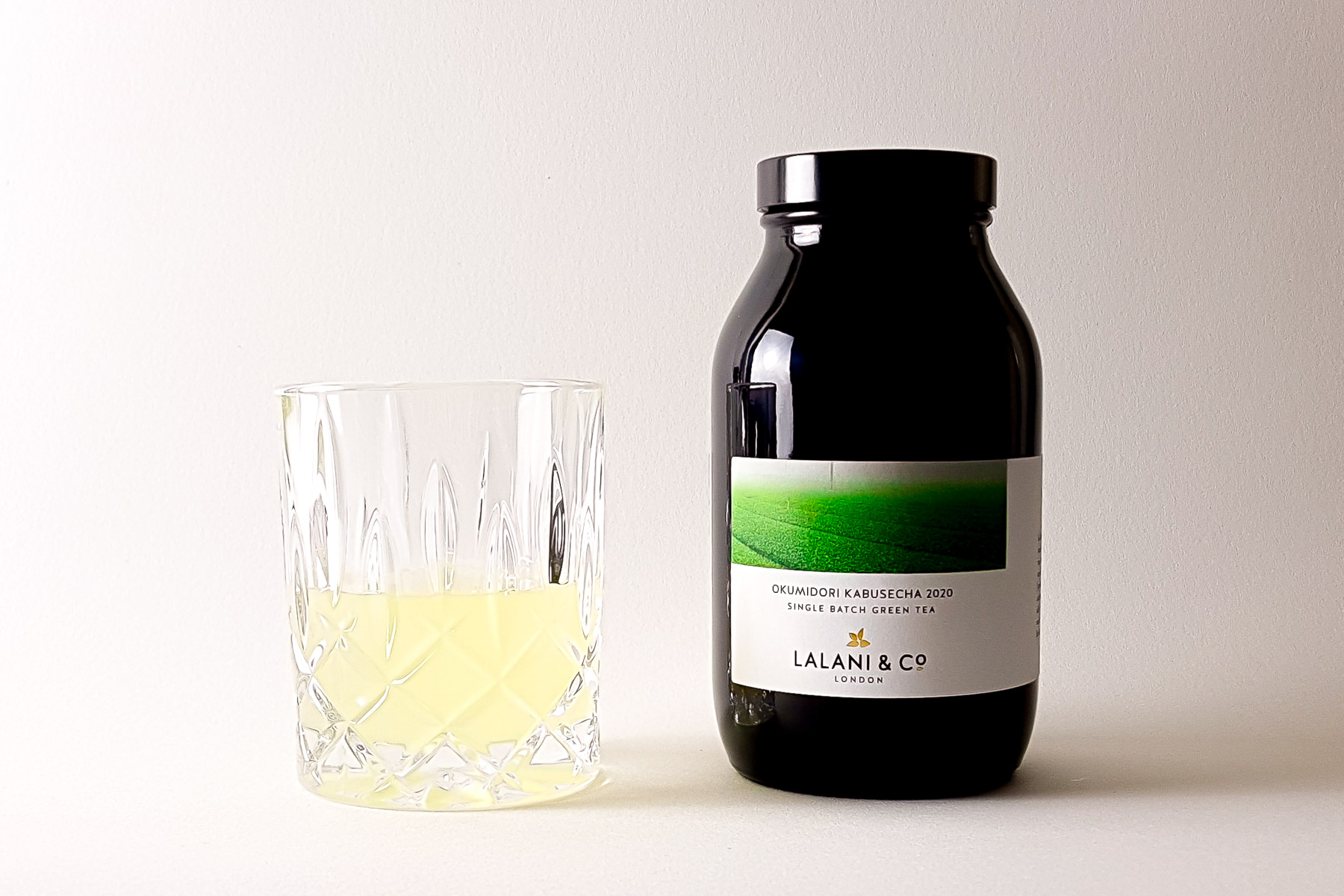What is a Green Tea?
What is a green tea? The popularity of green tea continues to rise, making this a key question for everyone with an interest in where their food and drink comes from.
All tea, whether green, oolong, black, or white, comes from the same species: Camellia Sinensis. One of the most frequent misunderstandings about tea is the assumption that different ‘colours’ of tea come from different plants, when in fact they come from the same plant. The difference between them is how the tea is made after the leaves are picked.
Camellia Sinensis plant
As soon as tea leaves are picked from the bush or tree, a biological reaction starts taking place which turns the leaves brown. This process happens with many green plants. Think about when you cut an apple, when leaves fall from a tree, or if you crush a spinach leaf. The plants turn brown. This process is ‘oxidation’ and is caused by an enzyme called polyphenol oxidase. Polyphenol oxidase causes the oxidation of phenols in the plant.
Freshly picked tea leaves
When the tea leaf is kneaded and rolled, in the course of making tea, the oxidation is accelerated, making the leaf turn brown faster. This is what happens when making a black tea.
Hand rolling tea leaves causing oxidation
To keep the tea leaf green, this enzyme (polyphenol oxidase) must be stopped from causing browning (oxidation). The enzyme is stopped by heat. When you heat the enzyme over about 45°C, it starts to become damaged. Heating above about 75°C for a prolonged time will break an enzyme apart. So, the leaves are heated as soon as they arrive from the garden, which breaks apart the enzyme and stops the leaf turning brown. Now the leaf can be withered, rolled, kneaded etc and it will stay green.
This heating process can be done by dry heat or by steam. Dry heating (by electric heater or pan) is mostly done in India and China. Steaming is the preferred method in Japan.
Pan heating tea leaves
Steaming tea leaves
These different heating methods give different flavours to the tea. Dry heated teas will tend to have more floral, sappy, fruity, and nutty notes. Sometimes they have vegetal notes, which taste lighter and more herbaceous.
Steamed green teas have much richer vegetal aromas, leaning towards peas, spinach, kale, kombu, even mushroom.
As a starting point, if you prefer softer, sweeter green teas, try the Mountain Green 2021 which is dry heated.
To experience the beauty of high quality Japanese green tea, start with a Kabusecha like the Okumidori 2021 or Saemidori 2021. These are very popular with people who love Japanese cuisine.
Have a browse through the green teas in our library and feel free to email us if you need any advice.

